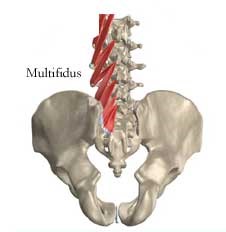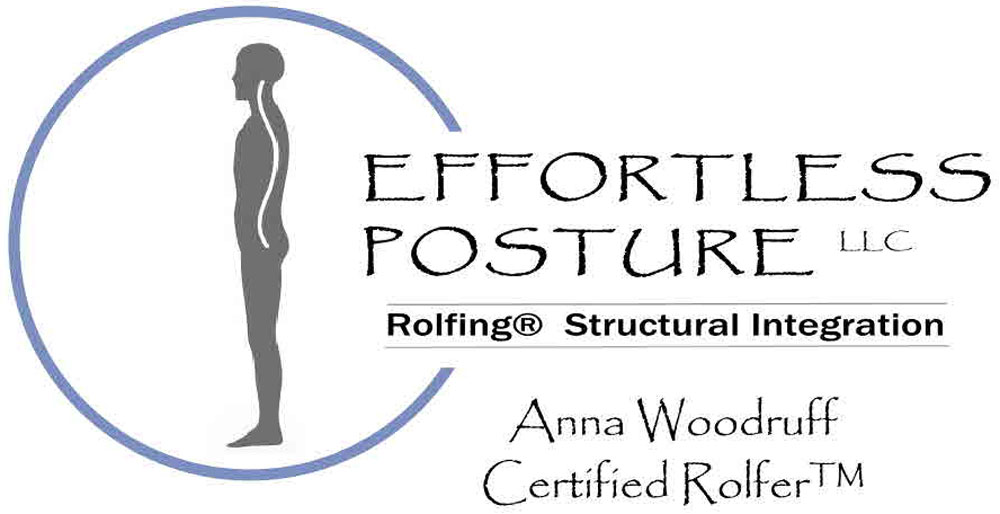We have two categories of muscles in our body to keep us upright and functioning in gravity; tonic and phasic muscles. Tonic muscles stabilize the body. Phasic muscles are action muscles and use force when needed.
Tonic muscles are slow twitch, meaning they can stay “on” for long periods of time. Tonic muscles are closer to the joints, they have great endurance, are oxygen fed, and are well integrated with the brain and vestibular system. These muscles are closer to the bones. They are the anti-gravity and postural muscles. Tonic muscles are continuously negotiating moment-to-moment to keep us upright in gravity.
An example of a Tonic Muscle is Multifidus. This muscle’s origin is connected to the sacrum and the transverse processes of all the vertebrae. This muscle’s insertion is connected to the spinous processes of overlying vertebrae, about 2 to 4 vertebrae above. This muscle is very close to the bones.

Phasic muscles are fast twitch, meaning they are designed for brief bursts of activation. Phasic muscles tire quickly, they are farther away from the joints, fed by sugar and starch, they are action muscles, and they have less integration into the brain. These muscles are not meant for stabilization. Phasic muscles are used for our actions, movement, and gestures.
An example of a Phasic Muscle is the Biceps Brachii. Distally, the biceps brachii is attached to the radial tuberosity of the radius. The long head is attached to the supraglenoid tubercle and the short head is attached to the coracoid process of the scapula. This muscle is farther away for the joints.

Sometimes our tonic and phasic muscles become confused. For example, a job with heavy lifting may cause multifidus to be used more as a phasic muscle, which will cause pain. As a Rolfing Practitioner, I will reteach your muscles. In this case, I will teach multifidus to let go and to realize that it is a tonic muscle.
We need both tonic and phasic muscles to work properly in the body. When they are working together, we are more stable, have strength when needed, we will have more energy, better posture, and more efficient body mechanics.
